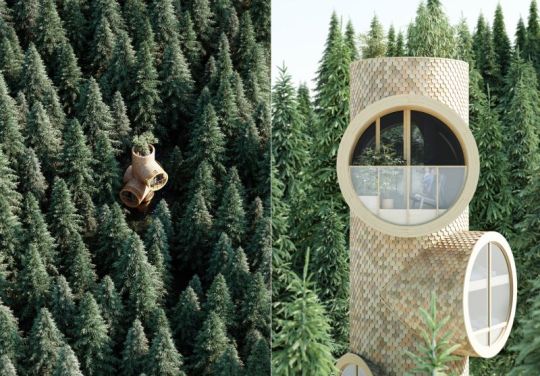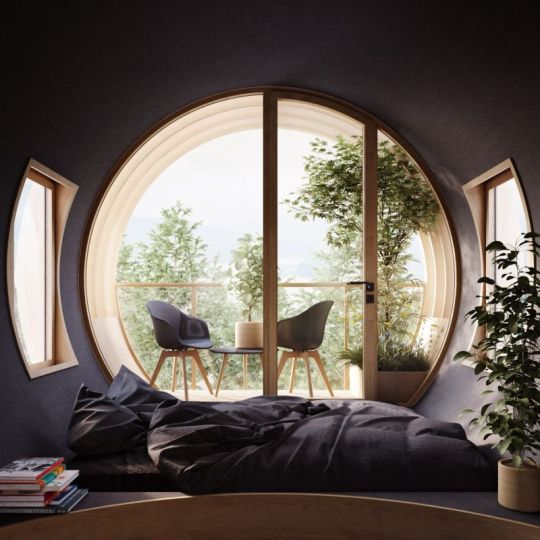Photo


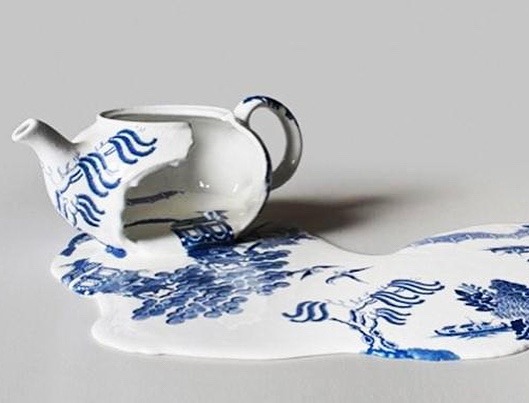
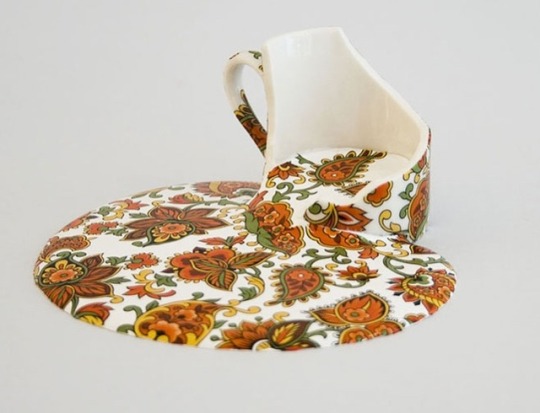
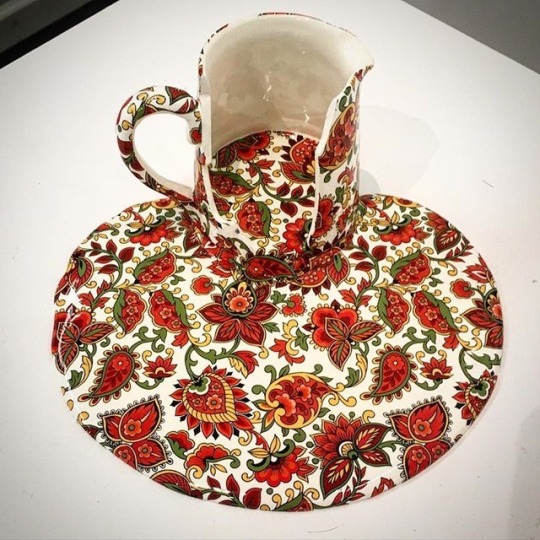


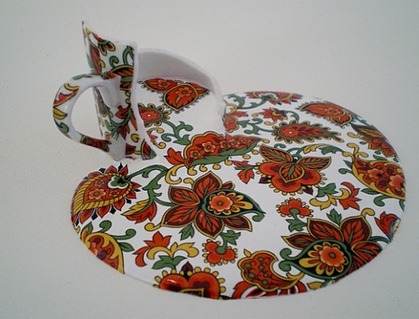
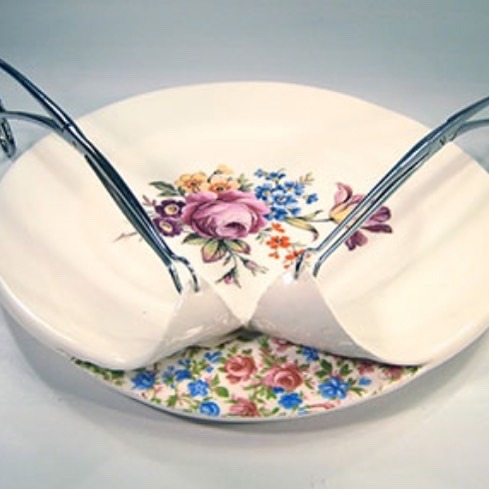
Livia Marin, Chilean born artist imagines a whole new world for cups and teapots in her series of ceramic Nomad Patterns. The artist deflected by making ceramic bathing, a very surreal way, in flasks covered and sagging patterns. A fabulous clash between tradition and modernity. Livia Marin has reshaped service porcelain teapots and cups by giving them a molten appearance … all without damaging or changing the patterns inscribed on objects!
https://instagram.com/liviamarin_xf?utm_medium=copy_link
32K notes
·
View notes
Photo
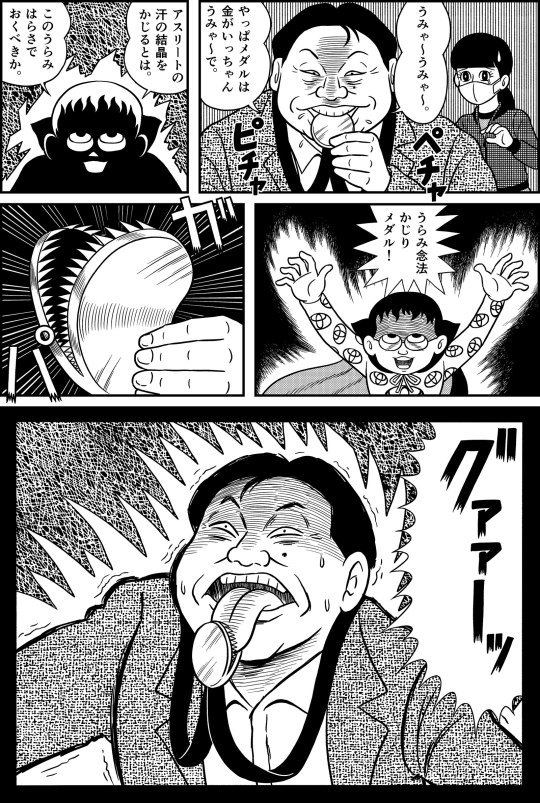
https://twitter.com/punxjk/status/1424214134833311746
191 notes
·
View notes
Photo








Architectuur in post-apocalyptische tijden in de tekeningen van Hisaharu Motoda.
1K notes
·
View notes
Text
“先日、ドイツのことわざに「ベーコンを求めてソーセージを投げる」というというものがあることを知った。調べて見ると、「海老で鯛を釣る」と同じ意味らしい。 しかしちょっと待った、なぜソーセージを投げたらベーコンが得られるのだろうか? というかそもそも、ソーセージとベーコンは、海老と鯛ほどの格差があるのだろうか? ツッコミどころの絶えないこのことわざについて、大学でドイツ語を教えるドイツ人に問い合わせてみたところ、以下のような回答を得た。「ドイツのベーコンは、日本で売っているようなスライスされた小さいものではなく、大きな塊で売っていて、自分で削って食べるものです。このベーコンは吊るして保存されているので、小さいソーセージを投げて、巨大なベーコンの塊をゲットする、という意味のことわざになっています」。なるほど、ベーコンのでっかい塊を見ることのない日本人には理解が難しいわけである。 また、別のドイツことわざとして、「全てには終わりがある、ソーセージには終わりが2つある」というものがあるらしいが、前半のかっこよさが後半で台無しだと感じるのは筆者だけではないであろう。 「だからなんなんだよ!」とツッコミたくなる気持ちを抑え、このことわざの意味を同じく彼に尋ねてみると、「全てには終わりがある、という格言に冗談でソーセージのくだりをくっつけたものだと思います。ことわざというよりは日本でいうカルタの文章みたいな感じだね」とのこと。 また、有名なハンムラビ法典の「目には目を、歯には歯を」の格言、これをドイツでいうと、「ソーセージにはソーセージを」らしい。マジである。どれだけソーセージが好きなんだ、ドイツ人よ。 このことわざの元の形は「美味しいソーセージをくれたあなたに美味しいソーセージを」であり、恩には恩で報いるドイツ人の義理固い性格を反映している、素晴らしいことわざなのである。 最後に、話を聞いたドイツ人氏に、「一番好きなことわざはなんですか」と聞いてみたところ、「禿げ頭から髪の毛は生えない」とのこと。「無い袖は振れぬ」と同じ意味だそうだが、こんな単刀直入っぷりも、ゲルマン魂なのであった。http://www.excite.co.jp/News/bit/E1360821922644.html”
— ハムスタ���速報 - ドイツのことわざはソーセージばっかりwwww「全てには終わりがある、ソーセージには終わりが2つある」 (via darylfranz)
1K notes
·
View notes
Photo






Dymaxion car, 1933. 2000 followers! Wow, thanks everyone for sticking with me and for all the likes and reblogs. To celebrate here’s something truly extraordinary and perhaps the ultimate car that never made it. I’m a designer and Buckminster Fuller is one of my heroes. He was an inventor and architect who, in 1933, attempted to reinvent the automobile when he presented the teardrop shaped Dymaxion car. It had three wheels, a rear-mounted Ford V8 engine, was twenty feet long and could seat up to 11 passengers. The rear mounted engine drove the front wheels, the single rear wheel steered the car. Alas at the 1933 Chicago World’s Fair where the car was being demonstrated there was an accident. Two passengers were seriously injured, the driver was killed and along with him, the Dymaxion Car. Three cars had been built, one had now been badly damaged, the other two were moth-balled and became part of the collection of the National Automobile Museum in Reno, Nevada. More recently, in 2010, British architect Norman Foster commissioned a fourth Dymaxion car
723 notes
·
View notes
Photo

Montreal Biosphère, Montreal Buckminster Fuller 1976 (deconstruction)
1K notes
·
View notes
Photo

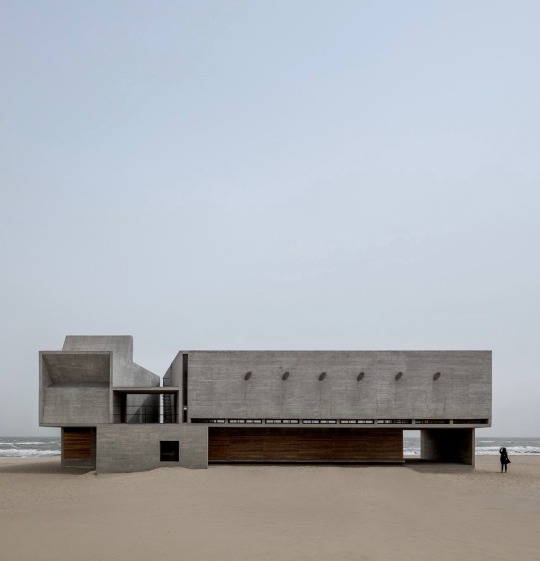
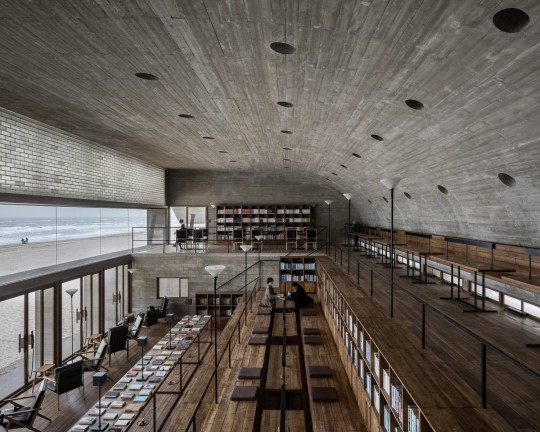
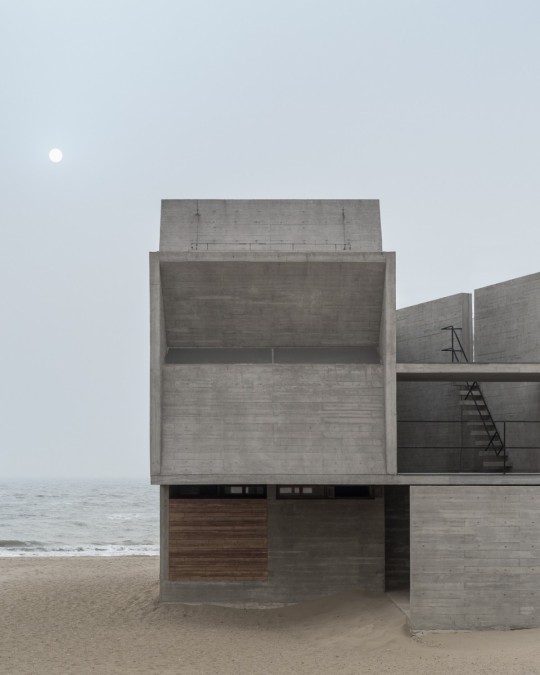

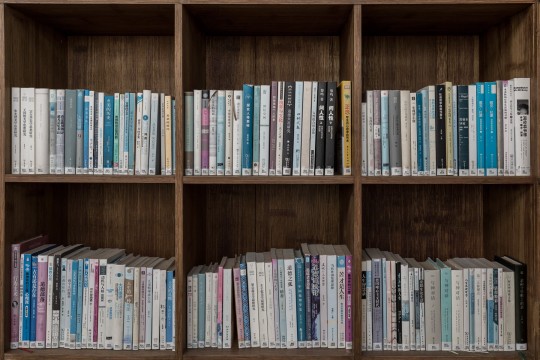
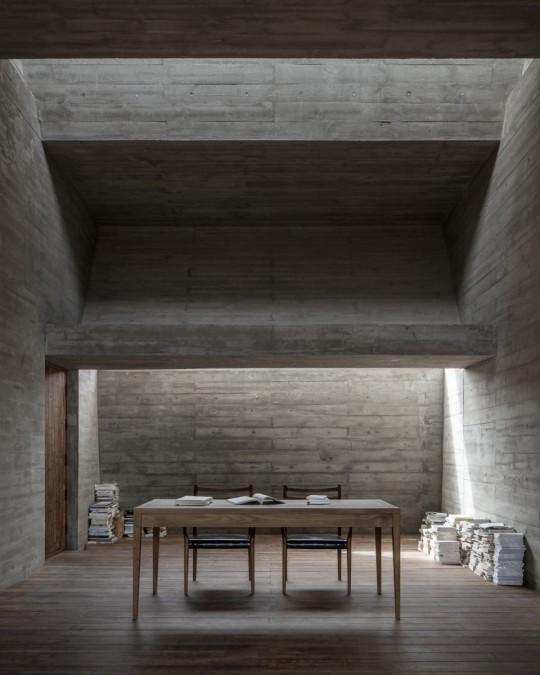
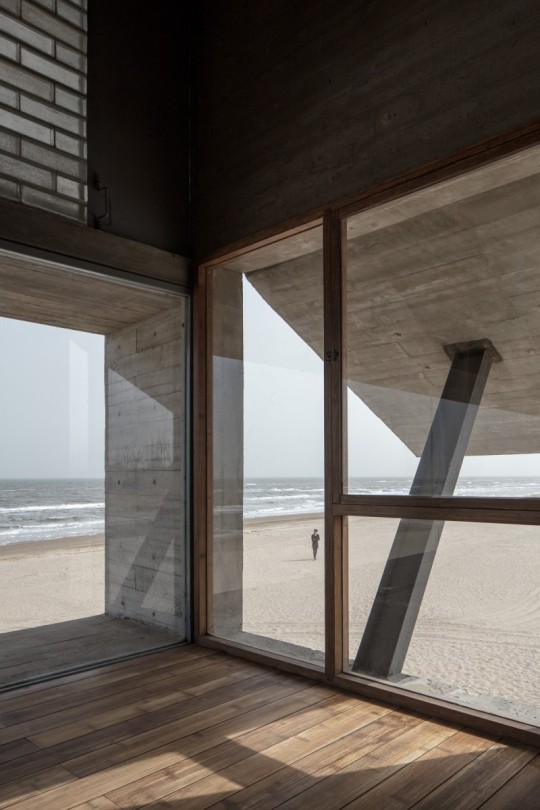

W O W - Seashore Library / Qinhuangdao Shi, China
Vector Architects
© J. Florio
11K notes
·
View notes
Photo

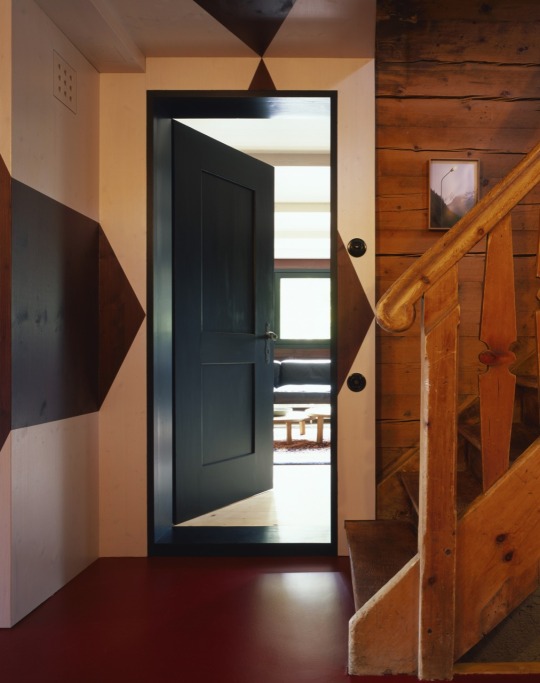
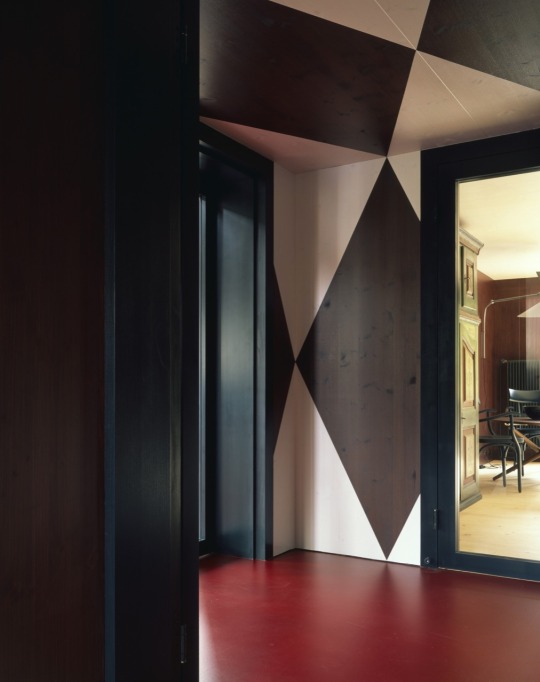
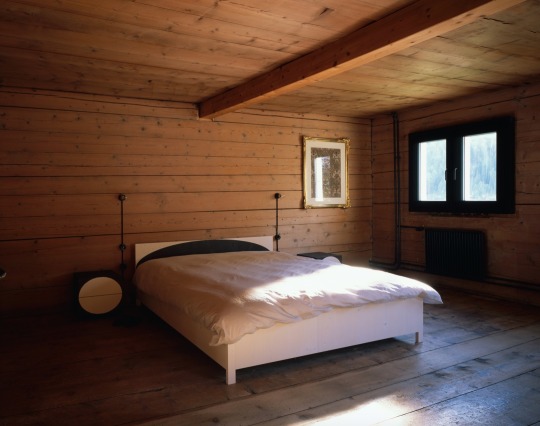

Caruso St. John, House in the Mountains, Tschiertschen, 2017
www.carusostjohn.com/
459 notes
·
View notes
Photo

CreatoArquitectos via Travello App
More on RHB_RBS
140 notes
·
View notes
Photo
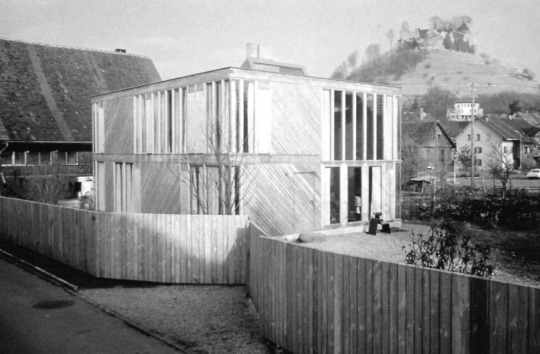






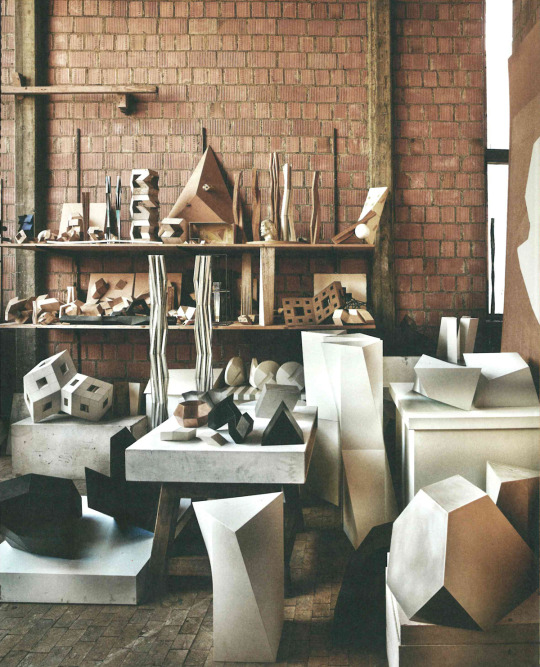

1353 | Pierre Zoelly - House for the sculptor Peter Hächler
via DailyDose Focus - House in Lenzburg, Switzerland, 1964. “Pierre Zoelly ’s house for the sculptor Peter Hächler is one of several projects designed by the architect referencing naturally occurring forms. A concrete “tree” sits at the core of the house, the branches extending outward to define interior partitions and support the exterior enclosure. By the architect ’s own admission, the house was conceptually finalized after the construction of this core, the innocuous envelope a pragmatic necessity to enclose the home. The sculptor ’s studio is situated across a rock garden from the house, creating a short but meditative separation between practice and living.”
Via HIC Arquitectura.
Thanks to Magdalena Stadler.
293 notes
·
View notes
Text
自粛映画祭
疫病が蔓延し、「コロナ禍」と人々が口にしていた頃のことである。
人との接触を避けるが上策と、
私は家にこもることにした。
徒然なるままに日暮し、ネットに遊ぶにも趣向が欲しい。
おりしもUPLINKがオンラインでの収益を上げようと、
vimeoでオンデマンドサービスをやっていたので、
NETFLIXやらAMAZON Primeと合わせて
ヒトリ自粛映画祭を開催することにした。
テーマは「軟禁・監禁・蟄居」
思い浮かんだのが『シャイニング』くらいしかなかったのでググったり友人の導きを得つつ映画を見た。
1.ふたりの人魚
身代金目的の誘拐。
誘拐されたという事実よりはむしろ、
身代金によって自らの価値を表現されてしまったことで人間はどう変わるか。
COVID-19を避けるためにいろいろな代償を払った。
我々は何を守り何を失ったか。
解き放たれた後にわかるのだ。
2.ガザの美容室
美容室から出れなくなる女たち。
戦争は終わらない。
同時に日常も終わらない。
女たちが身だしなみを整える外では戦闘がある。
非常時だと言うが、それですべてを止めて人は生きてはいけない。
緊急事態の中で続いていく日常は倒錯したリアリティを与える。
銃声を聞いていてもムダ毛は生える。
3.私が、生きる肌
長期間軟禁されているはなし。
ストックホルム症候群(これをスト症と略しているの人間は沙村広明くらいだろう)的な何かを想像してほしい。
裏切られる。
長期間の軟禁は人間を変えてしまうがゆえにスト症やリマ症のようなことが起きる。
では、そもそも人間を変えることが目的で軟禁するとしたら?
変えられなかったものが最後に現れるだろう。
4.オールド・ボーイ
なぜ軟禁されるのかがわからないパターン。
次第に明らかになる真相。
変わっていたのは自分ではなく、
自分から切り離された周辺かもしれない。
浦島太郎は玉手箱を開ける。
それは救いだから。
--
上にあげた中では『私が、生きる肌』が面白かった。
なぜ軟禁されるのか。
人間の自由を奪うことが正当化されることがあってはならないはずなのに。
自分自身が「自粛自粛」と行動を制約されることで
どう変わってしまうのかと考えているタイミングで、
「人間を変質させたいから軟禁する」というストーリーが刺激的だった。
映像も止め絵と絵画をリフレインする表現がきれいだった。
軟禁用の独房の壁紙が独特で「へー、こんな柄あるのか」
と思っていたが、それも次第に解き明かされるから見合った糸のひとつだった。
こんな風に映画を見比べていられたということは、
およそコロナ禍で本当に苦しんだ人のうちに自分は入らないのかもしれない。
蟄居のころを経て、
変わってしまった人、
変わってしまった周囲を引き受けて、
日々は続くのだろう。
0 notes






